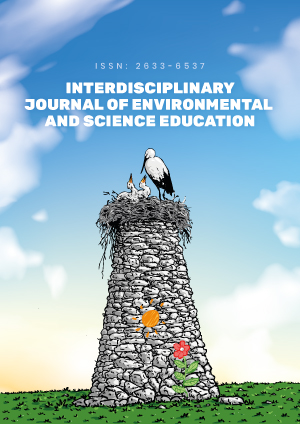Abstract
Engagement with the natural world is imperative to student learning in the geo- and environmental sciences. Immersion in the environment is particularly useful for complicated subjects like nutrient cycling and biogeochemistry. However, access to the outdoors is not ubiquitous, and often students living in urban and/or remote locations are unable to access geo-, bio- and environmental activities, and demonstrations, and this inaccessibility was exacerbated by the COVID-19 pandemic. We created a remote learning activity to teach the carbon cycle to high school students enrolled in the University of Michigan’s Earth Camp (summer 2020). These high school students were admitted to this summer program to facilitate their access to and inquiry of the natural world. Likewise, this program is designed to enable and encourage students from underrepresented minority groups to engage in STEM, and in particular, earth sciences. Students conducted at-home bio-centric experiments and collected hair from their pets and their pets’ foods (and for students without pets, favorite snack foods) and sent it to the University of Michigan for isotope analyses. Students recorded ingredients in their specimens and hypothesized what isotope values their specimens should have, based on C3/C4 plant distribution. The students’ results allowed them to examine how the Earth’s carbon cycle is reflected by common plants and animals living in their homes and to collect physical observations and analyze their own data. This activity received positive evaluations from students, and students felt their knowledge of isotopes and the chemistry behind their food increased from this exercise. Although Earth Camp recruitment was unrelated to student’s desired major, almost ~20% of the participants in this activity listed earth sciences as a desired major upon application to college. We have attached this activity in the supplement for future use by other earth science educators in an adapted version that does not require the ability to measure stable isotopes.
Keywords
License
This is an open access article distributed under the Creative Commons Attribution License which permits unrestricted use, distribution, and reproduction in any medium, provided the original work is properly cited.
Article Type: Research Article
INTERDISCIP J ENV SCI ED, Volume 18, Issue 4, 2022, Article No: e2283
https://doi.org/10.21601/ijese/12036
Publication date: 20 Apr 2022
Article Views: 3523
Article Downloads: 1681
Open Access References How to cite this article
 Full Text (PDF)
Full Text (PDF)